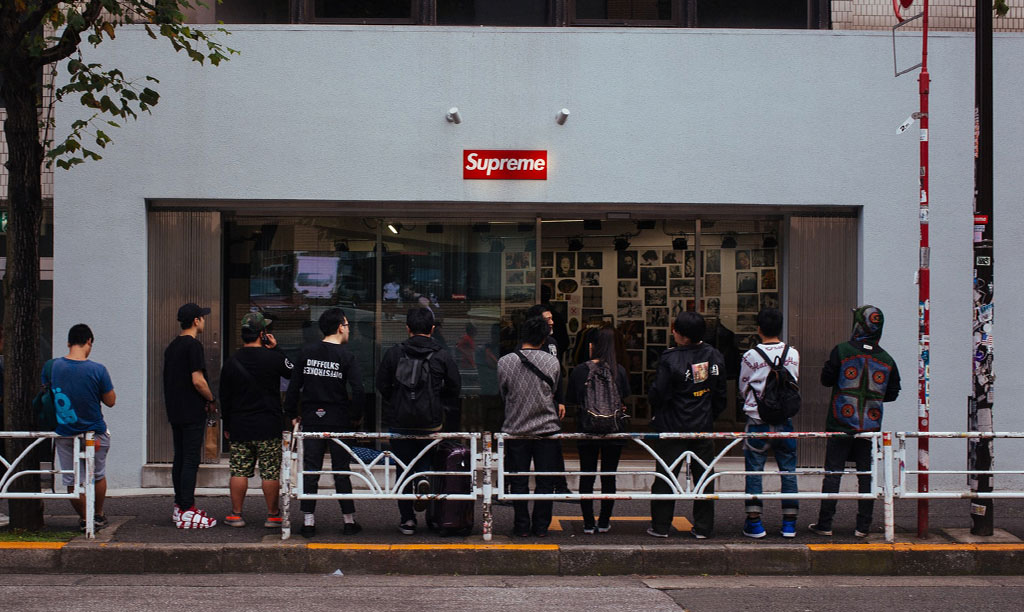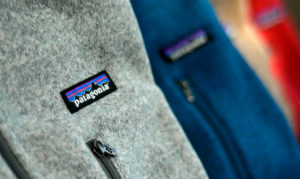Whiplash Team, 11th February 2022
The power of desire
Desire is intimate, intuitive, visceral. Perhaps, that is why it fills relationships –interpersonal or between the brand and the individual– with a character that goes beyond the rational or the emotional. But it is whimsical. It must be taken care of, nurtured and made to grow and, in the long run, should create a relationship in which the brand becomes an essential and irreplaceable element in the lives of its followers.
Desire is part of human nature. It is the engine that drives our behaviour and our relationships. In fact, for some experts, it is the new force that drives the growth of brands and they know it.
Brands are aware that if, in addition to having a unique proposal, a differentiated positioning and a motivating purpose, they make their followers want them, they will have created a much more lasting and pleasant bond than one that only seeks to satisfy a need.
Although this feeling flows naturally in life, when we talk about brand management it is essential to continually take care of those elements that make our brand desirable to the consumer. How to create, increase and reinvent the desire among current or potential customers is the basis of the strategy.
Skater clothing firm Supreme is a good example. A cult brand, which in 2020 changed hands and became part of VF Corp. (parent company of firms such as The North Face, Vans, Timberland, Eastpak, Napapijri and Dickies) and there it left behind its underground reputation to become mainstream.
Nevertheless, since its foundation in 1994 till the moment it became part of VF Corp, this New York streetwear firm remained for over 20 years one of the most desired brands in the world. The secret? Creating very limited editions of clothes that once they were sold out were not produced again, giving the garments an exclusive halo that made them precious objects.
Whether they are newbies or veterans, for brands in general, creating new desires or reinventing old ones is essential. In the first case, the challenge is to make consumers discover that they want something that until then they did not know existed. For example, when Nespresso entered the market, its challenge was to create a new way of perceiving coffee, not as a drink, but as a luxury experience within the reach of almost all pockets thanks to an innovative coffee machine and cute capsules. The entire design of the brand is directed at connecting in an comprehensive way the sensory experience: smell, touch, taste, see. Drink coffee through all the senses.
Making desire grow and never letting it wane is the challenge for established brands. Nike, for example, entered the list of the most desired clothing brands in the world in 2021, displacing some of the luxury giants in this sector, according to the ranking of Lyst, one of the most recognized online fashion search platforms of the industry. How? Associating with firms such as Dior or Sacai, to create sneakers that are an authentic object of desire.
The centuries-old French firm Chanel is another example. Under a motto that says it all “You know me, and you don’t” (you know me and you don’t know me) and with the fresh and youthful image of Lily-Rose Depp (daughter of Vanesa Paradise, who was also the image of Chanel), the firm relaunched in 2017 its perfume No. 5, the fragrance that the also mythical Marilyn Monroe put on as the only garment used when going to sleep. With its version No. 5 L’Eau, Chanel reinvented its powerful and elegant story from a contemporary perspective, igniting passion in new generations.
Identifying and channelling customer needs to transform them into a desire for a specific product or service is a task for the marketing team. They are the ones who must guide the brand in the creation or reinvention of desire throughout the different life cycles of the brand. However, regardless of the tactics you use to attract, charm and excite your customers, the true success of a brand lies in its ability to make its desirability emanate directly from its identity.




